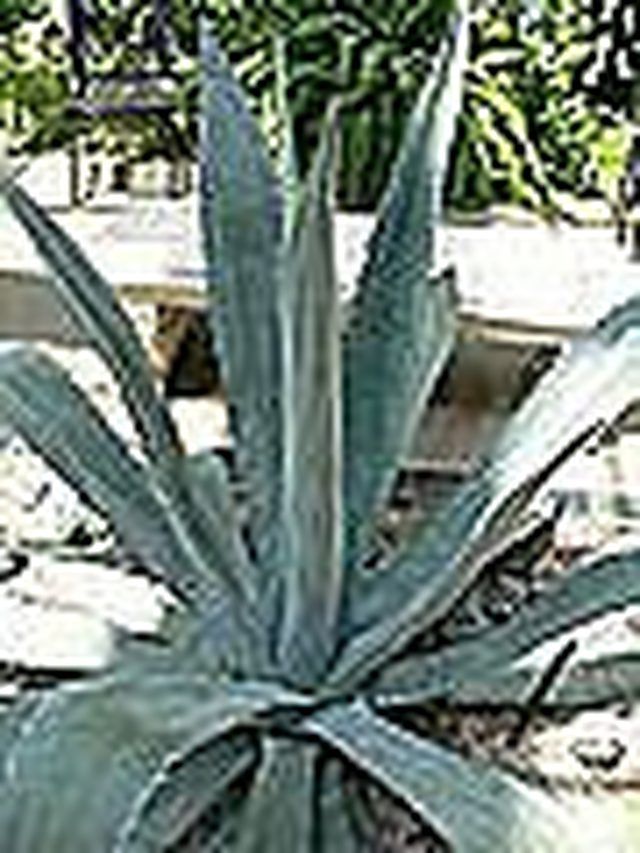Bulbs
Flower Basics
Flower Beds & Specialty Gardens
Flower Garden
Garden Furniture
Garden Gnomes
Garden Seeds
Garden Sheds
Garden Statues
Garden Tools & Supplies
Gardening Basics
Green & Organic
Groundcovers & Vines
Growing Annuals
Growing Basil
Growing Beans
Growing Berries
Growing Blueberries
Growing Cactus
Growing Corn
Growing Cotton
Growing Edibles
Growing Flowers
Growing Garlic
Growing Grapes
Growing Grass
Growing Herbs
Growing Jasmine
Growing Mint
Growing Mushrooms
Orchids
Growing Peanuts
Growing Perennials
Growing Plants
Growing Rosemary
Growing Roses
Growing Strawberries
Growing Sunflowers
Growing Thyme
Growing Tomatoes
Growing Tulips
Growing Vegetables
Herb Basics
Herb Garden
Indoor Growing
Landscaping Basics
Landscaping Patios
Landscaping Plants
Landscaping Shrubs
Landscaping Trees
Landscaping Walks & Pathways
Lawn Basics
Lawn Maintenance
Lawn Mowers
Lawn Ornaments
Lawn Planting
Lawn Tools
Outdoor Growing
Overall Landscape Planning
Pests, Weeds & Problems
Plant Basics
Rock Garden
Rose Garden
Shrubs
Soil
Specialty Gardens
Trees
Vegetable Garden
Yard Maintenance
How to Propagate Blue Agave or Century Plants
How to Propagate Blue Agave or Century Plants. Century plant, also known as blue agave or maguey is easy to grow in warm climates. Here is how to start it from small plants you dig up next to the larger ones.

Century plant, also known as blue agave or maguey is easy to grow in warm climates. Here is how to start it from small plants you dig up next to the larger ones.
Things You'll Need
Gloves
Shovel
Blue agave or century plant propagates easy from the small shoots that come up around the mother plant. Look for small bluish colored sprouts coming up next to larger century plants. In fact you are doing the mother plant a favor by preventing too many daughter plants from crowding it out.
Wearing gloves, carefully clear away dirt and vegetation and determine which way the root is coming from. Normally this is toward the larger century plant or mother plant. Now use a shovel and dig up the small century plant shoot and as much root as possible. Be careful not to get poked by the larger plant. Century plant or blue agave juice may cause a rash so avoid getting any on your skin. Wrap the shoots and soil in burlap or place in a cardboard box until you plant them. Keep the shoots and root cutting damp.
Locate an area where you would like to have another large century plant. Be aware that the small shoots will be large agave someday. Don't place next to your property line or septic fields, since roots just like the one you dug up will someday grow outward from the mother plant. Don't crowd driveways or places where people walk. Avoid planting century plants in areas near where children play. Century plants produce large, dangerous thorns that can cause injury. Plant the root cuttings about six inches deep, with the bluish shoot at the end of the root about three inches above ground. Cover with soil and water every few days at first, then once a week after the shoots are rooted.
Tips & Warnings
Don't plant blue agave or century plants near where children play since they produce dangerous thorns.